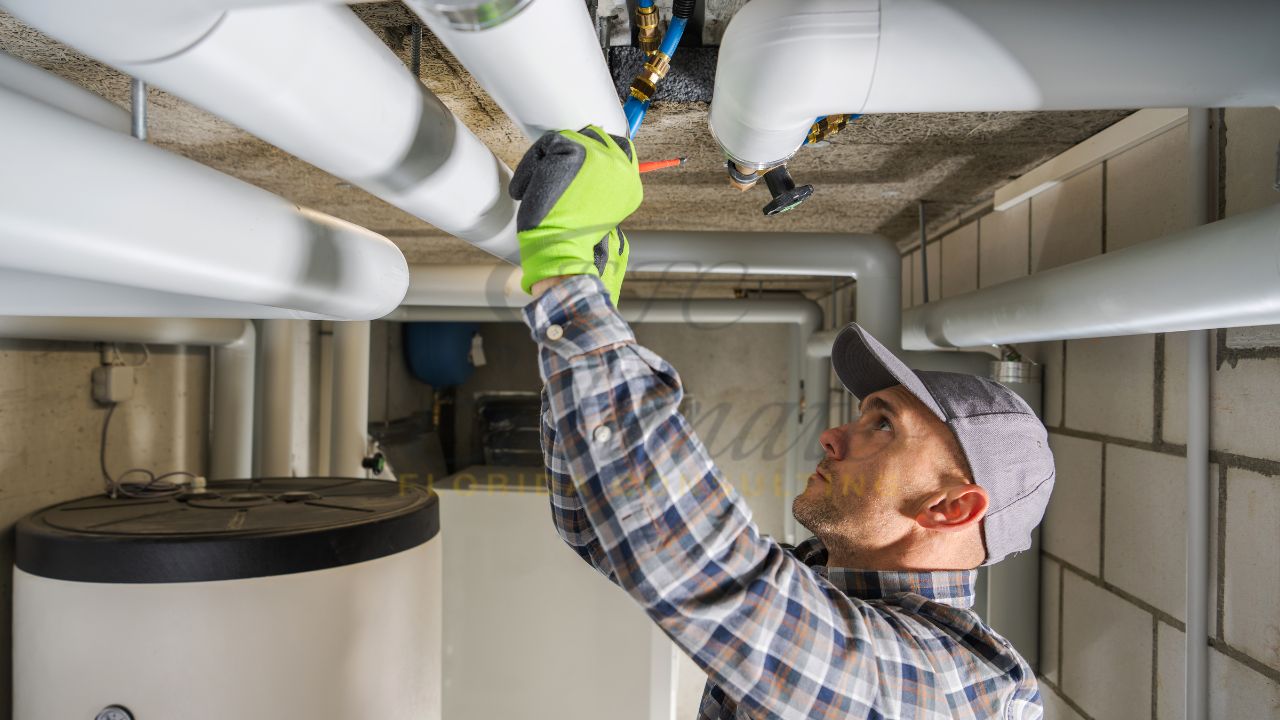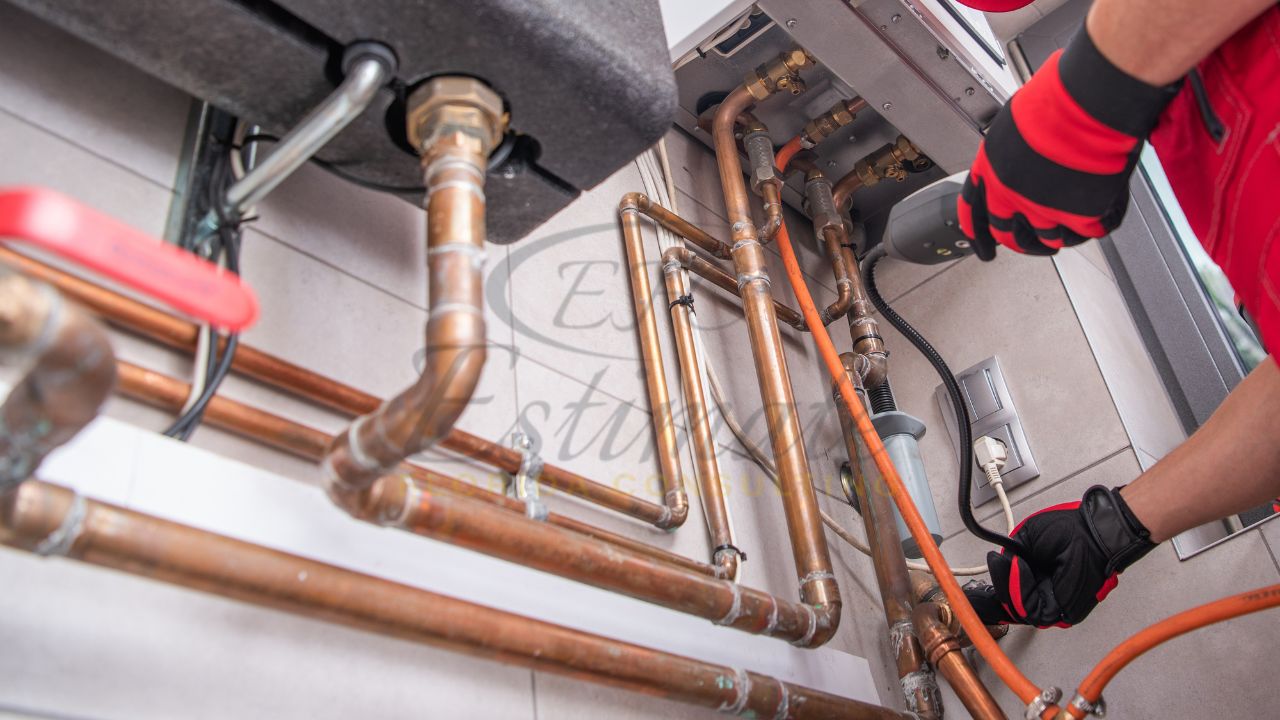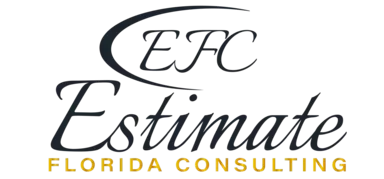- Homepage
- Plumbing
Top Challenges in Miami Commercial Insurance Estimating and How to Overcome Them?
Miami’s vibrant economy, fueled by tourism, real estate, and international trade, makes it a hotspot for commercial ventures. However, the city’s unique position as a coastal metropolis exposes businesses to heightened risks, complicating commercial insurance estimating. Accurate estimating is vital for contractors, property owners, and businesses to secure appropriate coverage without overpaying premiums. In 2025, with ongoing reforms and market stabilization efforts, understanding these challenges is key to navigating Miami’s commercial insurance landscape. This guide explores the top challenges in commercial insurance estimating in Miami and provides practical strategies to overcome them, helping you achieve cost-effective and reliable coverage.

As specialists in professional estimates, Estimate Florida Consulting assists contractors and businesses in Miami with precise evaluations for building construction insurance and various projects. Our expertise ensures your estimates align with current market realities, minimizing risks and maximizing protection.
Understanding Commercial Insurance Estimating in Miami
Commercial insurance estimating involves calculating the potential costs of coverage for business properties, liabilities, and operations. In Miami, this process is influenced by factors like hurricane-prone weather, flood zones, and stringent building codes. Policies often include property damage, liability, business interruption, and workers’ compensation coverage. The goal is to determine premiums accurately while accounting for risks, ensuring businesses are neither underinsured nor burdened with excessive costs.
Miami’s commercial insurance market in 2025 shows signs of softening in some areas, but challenges persist due to catastrophe exposure and social inflation. With premiums potentially fluctuating by 5-15% depending on risk profiles, precise estimating is crucial for budgeting in construction projects or ongoing operations. Common pitfalls include underestimating natural disaster deductibles or overlooking regulatory changes, leading to disputes during claims.
Top Challenges in Miami Commercial Insurance Estimating
Here, we outline the primary hurdles faced in estimating commercial insurance costs in Miami, drawing from 2025 market trends.
1. Volatility from Natural Disasters and Climate Risks
Here, we outline the primary hurdles faced in estimating commercial insurance costs in Miami, drawing from 2025 market trends.
Miami’s location makes it highly susceptible to hurricanes, floods, and severe storms, causing unpredictable premium fluctuations. In 2025, climate exposures continue to drive up costs, with insurers adjusting rates based on increased frequency of events like Hurricane Helene. Estimating becomes challenging as historical data may not predict future risks, leading to inaccurate valuations and higher reinsurance expenses.
For commercial properties, this means potential underestimation of windstorm or flood deductibles, which can reach 5-10% of the insured value in high-risk zones.

Businesses in flood-prone areas like Miami Beach face compounded issues, with standard policies often excluding flood coverage, requiring separate estimates for National Flood Insurance Program (NFIP) add-ons.
2. Regulatory and Legal Complexities
Florida’s insurance regulations are evolving, with 2025 reforms aiming to stabilize the market but introducing new compliance burdens. Senate Bill 554 and other legislation target claims processes, litigation financing, and insurer practices, complicating estimates. Miami’s litigious environment, marked by social inflation and high claim volumes, inflates costs as insurers factor in potential lawsuits.
Estimators must navigate these changes, such as mandatory mitigation credits for fortified buildings, or risk non-compliant policies. This challenge is amplified for commercial real estate, where legal disputes over claims can delay projects and escalate estimated premiums.
3. Accurate Property Valuation and Underwriting Difficulties
Valuing commercial properties in Miami is tricky due to rapid urban development, inflation in construction materials, and post-storm repair costs. In 2025, property values are trending at 1-3% increases, but undervaluation can lead to coinsurance penalties during claims. Underwriting challenges arise from insurers’ conservative approaches in high-risk areas, often requiring detailed risk assessments that estimators may overlook.
For instance, older buildings in Downtown Miami might need upgrades to meet current codes, affecting insurance estimates. Inaccurate data on building age, condition, or occupancy can result in rejected claims or higher premiums.
4. Claims Processing and Dispute Resolution
Miami’s high claim frequency from weather events leads to disputes over estimates provided by insurance adjusters. Policyholders often receive lower-than-expected payouts, as seen in commercial wind insurance claims where underpayment is common. The adjustment process is complex, involving multiple parties and potential delays, making initial estimating unreliable.
Business interruption coverage is particularly challenging to estimate, as it depends on projected losses from downtime, which can vary widely in Miami’s tourism-driven economy.

